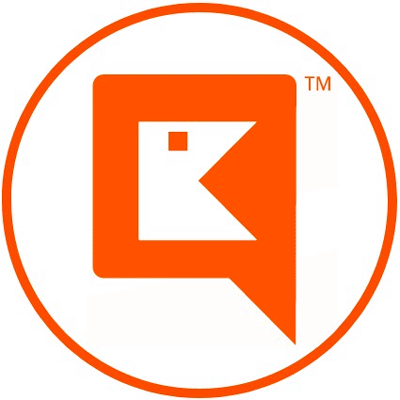SOD SCRAPER

Culture Night 2025: 19 September, NCAD Gallery, 5pm (40 minutes). All are welcome to attend. Join the artists Jack Galligan, Jennifer O’Brien, and Nicholas Sidarchuk with NCAD Gallery curator Anne Kelly on a Walk-Around the exhibition with audience Q&A.
Further programmed events will be forthcoming.
Programmed as part of the student Open Call 2025, the NCAD Gallery is delighted to invite you to SOD SCRAPER, a programme of talks and exhibition of works’ by artists, Jack Galligan, Jennifer O’Brien, and Nicholas Sidarchuk.
Collectively, SOD SCRAPER examines the shifting relationship between Ireland’s landscape, its histories, and the hidden architectures of the global data economy. The exhibition explores the intersections of personal narrative, contested land, industrial expansion, and the cultural re-framing of digital infrastructure.
Jack Galligan’s performance work situates the body as both an operator and a spectacle within the flows of data. From a sculptural bench, echoing the stark repetition of data centre architecture, Galligan uses a mobile phone to stream live to a facing screen, transforming the act of sitting into a public stage. Here, self-representation becomes a form of labour, adapting, performing, and reconfiguring identity under perpetual surveillance. The bench, an object of public utility, becomes a theatre for the social performance demanded by the data economy.
Jennifer O’Brien’s Grazing Licence grounds the global in the local. Her research traces the story of Mannix Coyne’s appeal against the development of a 24.5-acre data centre in Clonee, Co. Meath, on land he had rented to graze horses. The work unfolds as a contemporary re-reading of John B. Keane’s The Field, recast in the context of globalised land appropriation. Through performance, documentation, and site research, O’Brien navigates the entangled histories of protest, industrialisation, and erasure, drawing a line from the contested M3 motorway – cut through the Tara landscape and the wooden henge at Lismullen – to the sprawling footprint of Meta’s data centres. Her work asks where the human narrative sits in a system that measures value in economic terms.
In his works’, Nicholas Sidarchuk repositions the data centre as a tourist attraction, revealing its strange kinship with ancient monuments. Through a billboard, a heritage-style plaque, and an official-looking tourist information sheet, Sidarchuk mimics the language and visual codes of state heritage agencies. The effect is absurd, yet incisive. Industrial fortresses – normally inaccessible to the public – become “sites” to be visited, interpreted, and consumed. His work makes visible the way both heritage and industry manage the public’s relationship to land through distance and controlled access.
Together, the exhibition articulates a layered portrait of a country where global capital reshapes ancient ground, where personal histories collide with corporate expansion, and where the monumental can be both stone circle and server farm. SOD SCRAPER asks, who owns the infrastructure, the field, the view, and what is the cost of our connection?
Dublin 8
